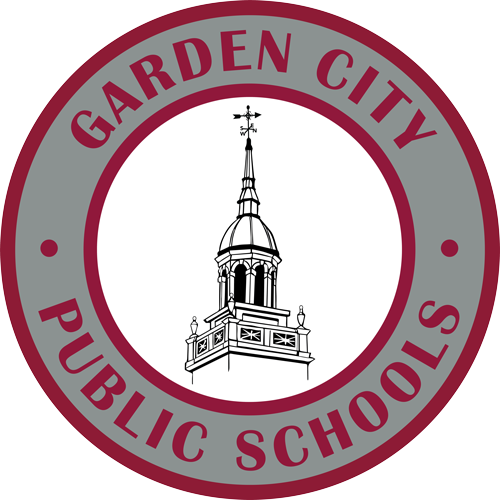6-8 Mathematics
The New York State Next Generation Mathematics Learning Standards for grades 6 through 8 are designed to build a strong mathematical foundation for students, preparing them for higher-level math and real-world problem-solving. These standards emphasize a balance of conceptual understanding, procedural skills, and practical application.
Key Areas of Focus by Grade:
Grade 6:
Ratios and Proportional Relationships: Understanding and using ratios to solve problems.
The Number System: Extending knowledge of number operations to include fractions and decimals.
Expressions and Equations: Introducing variables and simple equations.
Geometry: Understanding area, surface area, and volume.
Statistics and Probability: Developing concepts of statistical variability and data distribution.
Grade 7:
Ratios and Proportional Relationships: Analyzing proportional relationships to solve real-world problems.
The Number System: Performing operations with rational numbers, including negative numbers.
Expressions and Equations: Solving linear equations and inequalities.
Geometry: Working with scale drawings and understanding geometric constructions.
Statistics and Probability: Making inferences about populations based on samples.
Grade 8:
The Number System: Exploring irrational numbers and their approximations.
Expressions and Equations: Understanding and solving linear equations and systems of equations.
Functions: Defining, evaluating, and comparing functions.
Geometry: Applying the Pythagorean Theorem and understanding congruence and similarity.
Statistics and Probability: Analyzing patterns and associations in bivariate data.
Standards for Mathematical Practice:
Across all grade levels, the standards emphasize eight key practices to develop students' mathematical proficiency:
Make sense of problems and persevere in solving them: Encouraging students to understand problems deeply and explore various solution strategies.
Reason abstractly and quantitatively: Developing the ability to contextualize and decontextualize mathematical situations.
Construct viable arguments and critique the reasoning of others: Fostering skills to create logical arguments and evaluate others' reasoning.
Model with mathematics: Applying mathematics to solve problems in everyday life and other disciplines.
Use appropriate tools strategically: Selecting and effectively using tools such as calculators, rulers, and software.
Attend to precision: Emphasizing accurate calculations, measurements, and clear communication.
Look for and make use of structure: Identifying patterns and structures to solve problems more easily.
Look for and express regularity in repeated reasoning: Noticing repeated calculations or processes to generalize and find shortcuts.
Mathematics
Christina Cardella
Coordinator of Mathematics and STEAM, K-12
516.478.2830
